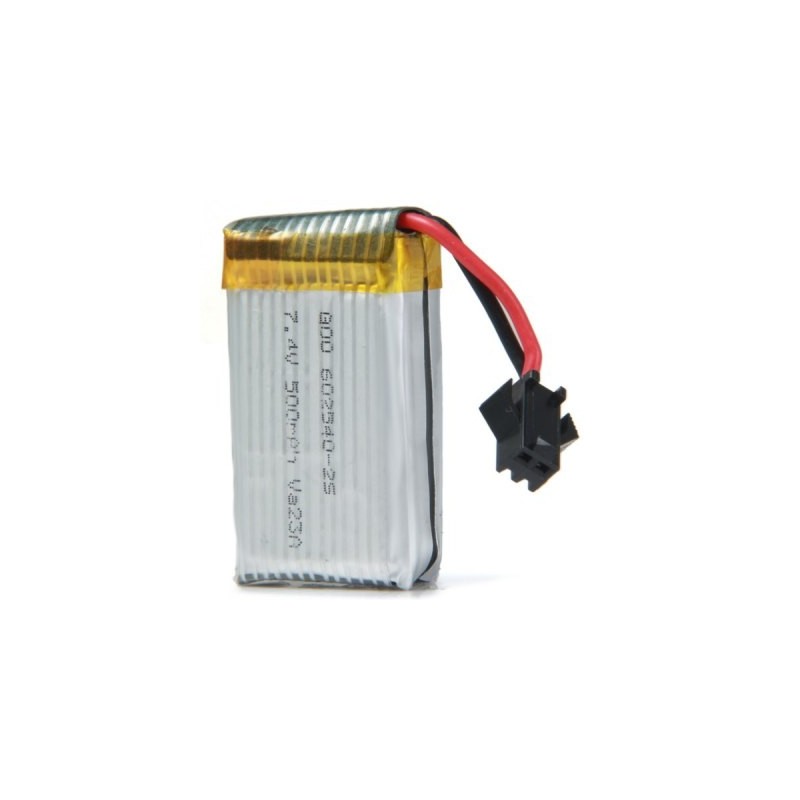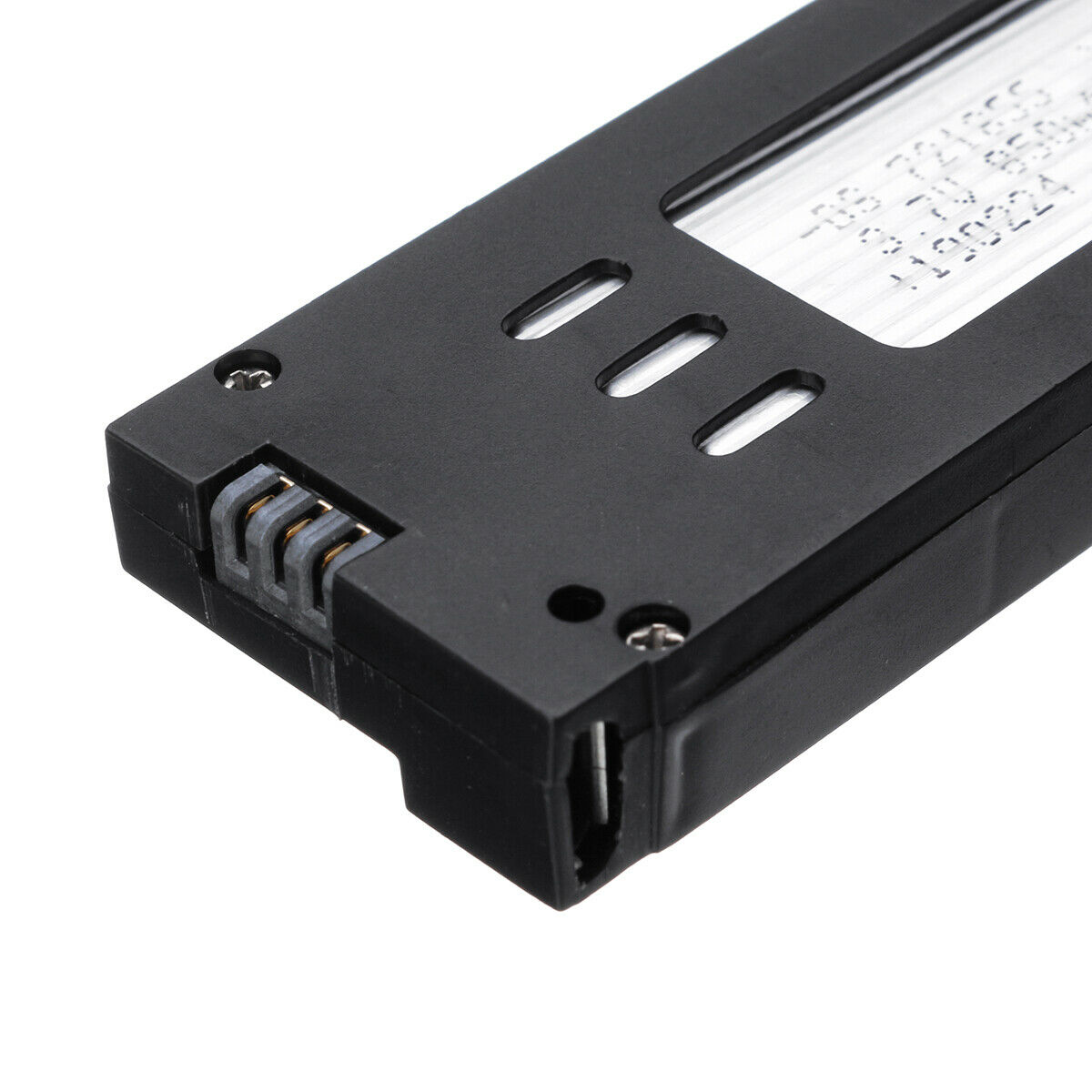

The xS section represents the number of cells in a string, as was previously mentioned.


You may come across a LiPo battery that has the designation of the form xSyP. There will be additional heat buildup in the speed control and the motors which could damage these components. The higher capacity battery could also damage your quadcopter. This is also assuming the larger battery will fit in the drone battery compartment. The extra flying time that you gain from a larger capacity, may be negated by the extra weight. As the battery capacity goes up, so does its physics size, and weight. The amount of energy going into the battery can be measured, but not how much is actually in the battery.īefore you even think about getting a larger battery for your quadcopter, there are some downsides to batteries with higher capacities. Voltage is used to measure the charge of a battery because measuring battery capacity is difficult. If you have a battery with a capacity of X mAh, and you drain X mA, then it will take one hour to drain the battery.

Battery capacity is measured in units of milliamp hours mAh. The higher the capacity, the longer you can fly your quadcopter. You can think of this as being the size of your fuel tank. The battery capacity represents how much power the battery can hold. This can result in more dynamic agility, and faster speeds. So the more voltage you have available, the higher the maximum RPM of your quadcopter’s propellers. Brushless motors have a rating designated in units of kV, which effectively means RPM per volt. The voltage of a quadcopter battery pack will determine how fast your propellers spin. A 3S battery has three cells in series, so its voltage is 11.1V. So a 2S battery pack will have 2 cells in series, so its total voltage is 2 x 3.7 = 7.4V. To calculate the total voltage, you take the number of cells in series, and multiply by 3.7V. The total voltage of a battery is determined by the number of cells. Nominal LiPo Battery Voltage = 3.7 V / cell For the mathematically inclined reader, you will notice that 3.7V/cell is not really the average of those two values, but this is what the battery industry uses as a nominal value.
#Quad air drone battery replacement full
To clarify, the nominal voltage is approximately the average of the full charge of 4.2V/cell, and the minimum safe charge of 3.0 V/cell. Basically a quad with 1:1 thrust to weight doesn't get off the ground, it needs more thrust force than downforce from gravity to get in the air, but to stay stable it needs even more power because the thrust vector it creates isn't pointing straight down as soon as it tilts a bit from wind or any other external forces, basically the higher thrust means more control for the end user because the quad isn't spending all it's power just staying in the air and level.A single LiPo cell has a nominal voltage of 3.7V.
#Quad air drone battery replacement free
Feel like 9/10 posts I have here I link to this site but ecalc.ch good site for running numbers even with free options to see how adding more mAh or changing prop size on a given quad will effect the thrust and flight time numbers. If somehow we could add more power onto the quads without adding more weight then this would be a non-issue but basically if adding more weight then need more thrust to overcome gravity, if need more thrust then need to either drive the motors at higher RPM (fighting wind drag on the prop blades) or need bigger surface of prop blade, again more weight of prop and more drag means harder to spin at high RPM if is bigger though so is trade off there too. Running motors at high RPM also puts the fluid in the ball bearings under "stress" from heat build up so eventually blow out the bearings holding the shaft in the motors but point being there's just some upper limits of how much power can push through a given motor before hit it's max RPM or start cooking components. The more mAh in a battery the heavier it is so the more thrust you need to lift said battery so some of the power you just added is being used to lift the source of the power into the air and at some point you are adding more weight but not able to create the thrust need to fly and at to efficiently run things, you're just losing flight time by adding the weight.īasically a motor is just a bunch of wires and magnets, if you increase the current in the wire you increase the magnetic force or torque but at some point a motor becomes "saturated" you can't push more current through it and it's just burning off the power being pushed through it in the form of heat (vibrating the atoms of air around it) and electro-magnetic radiation, as heat goes up so does resistance and so things either level off or you burn the enamel coating off the wires and a short happens and then the wires themselves or other components tend to get roasted. Quads have a bit of "the rocket equation" problem to them.


 0 kommentar(er)
0 kommentar(er)
